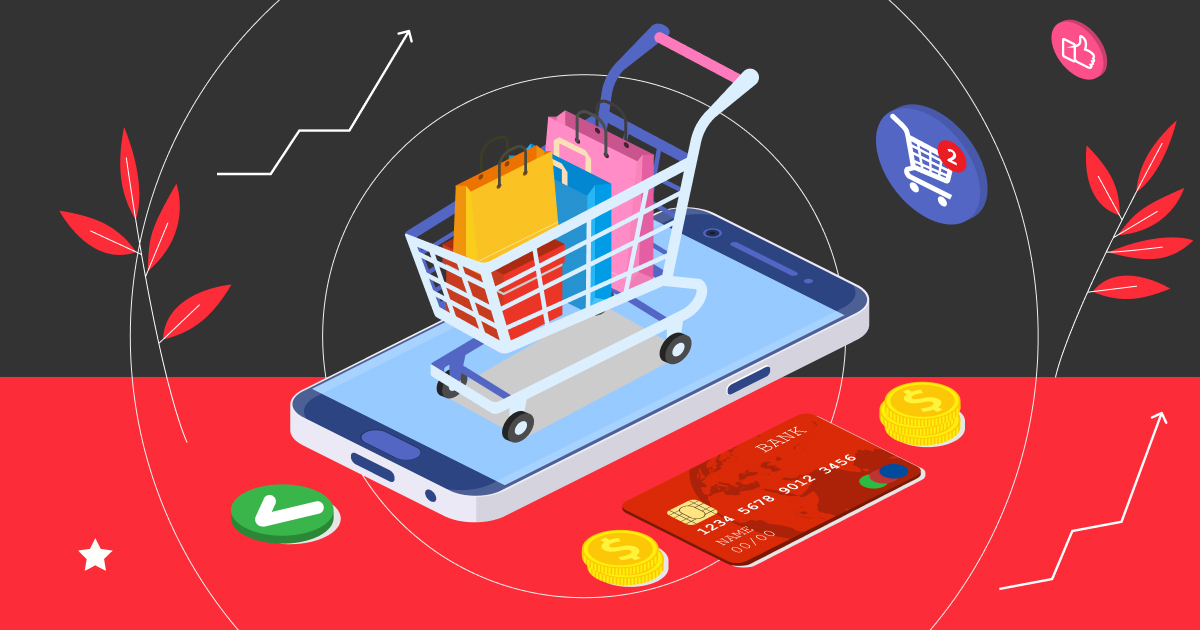Hello!
“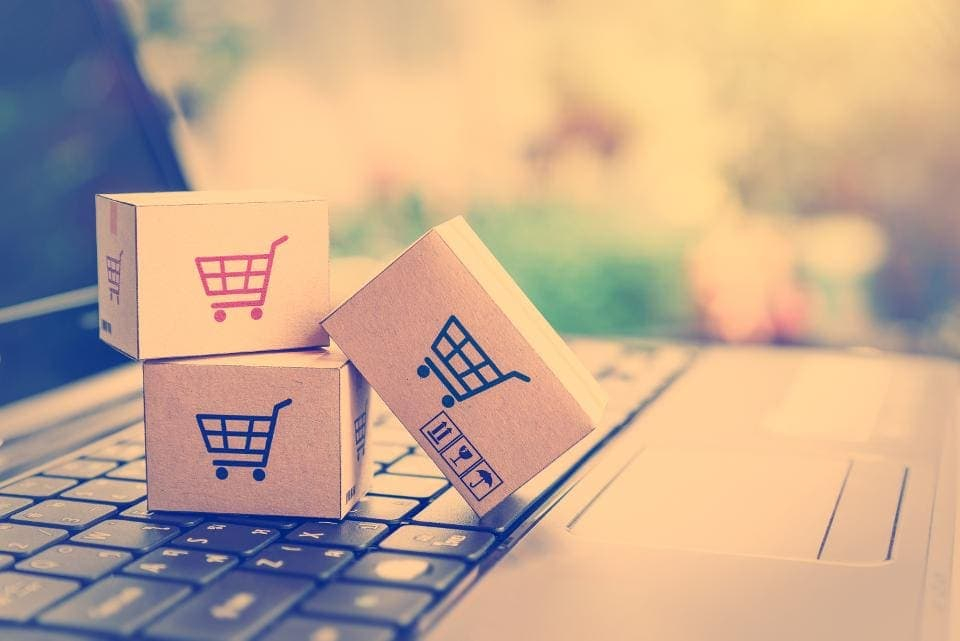 How personalized is my customers’ experience with my online store?”
How personalized is my customers’ experience with my online store?”
That’s the first question online store owners should ask if their websites aren’t producing the sales they expected.
Personalized experience means that an online store looks “right” in the eyes of the customer. The “right” store provides relevant product recommendations, is easy to search, and sends interesting notifications once in a while.
In this guide, we’re going to introduce you to eCommerce content personalization techniques to make buying from you super easy.
What is eCommerce Content Personalization?
eCommerce content personalization is the process of delivering unique experiences to online store visitors by showing relevant content, product recommendations, and marketing messages based on their purchase history, browsing history, and previous actions.
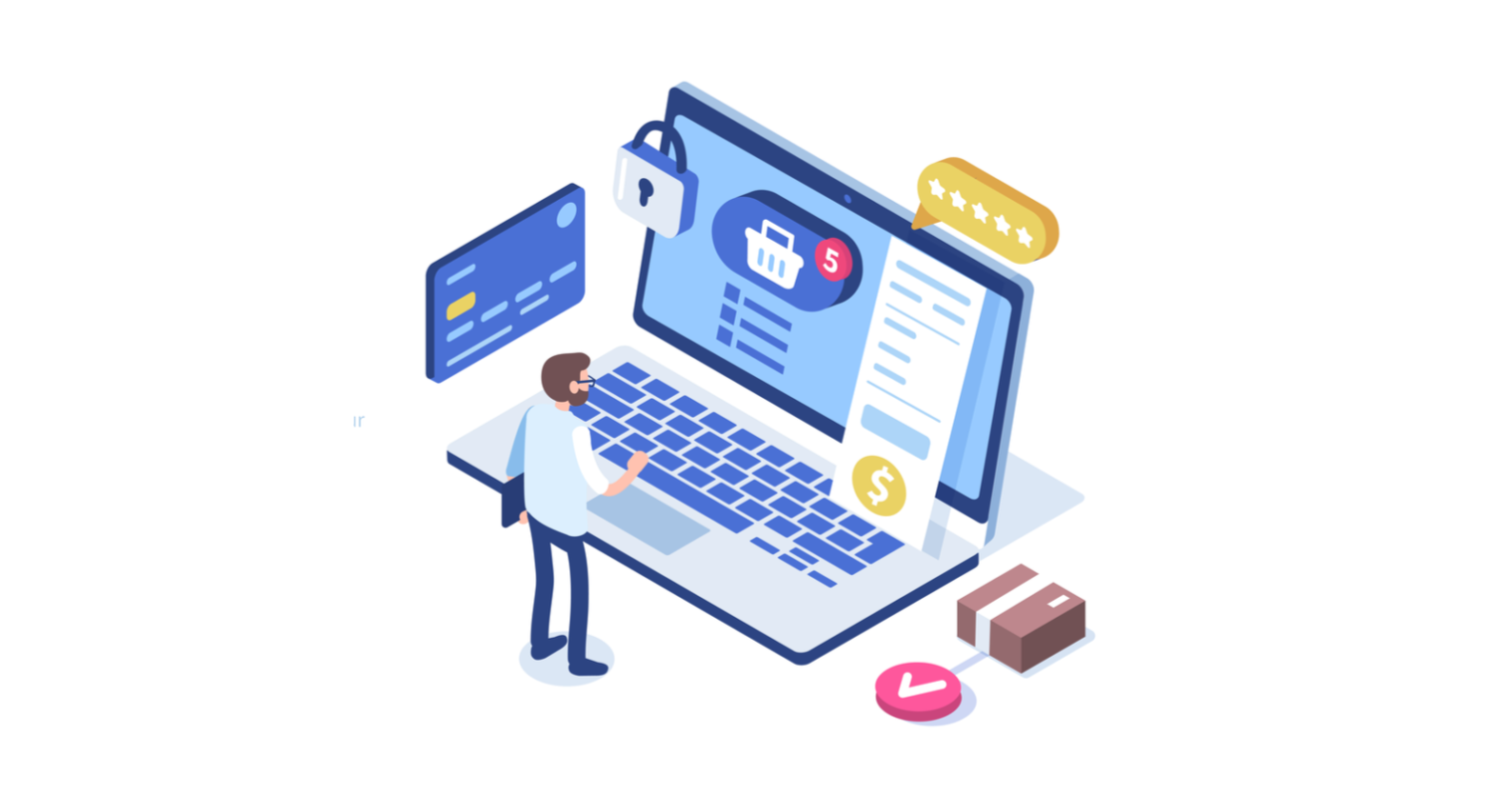 eCommerce personalization is an important strategy to win customers. Accenture research says that 91% of consumers are more likely to purchase from businesses that give them relevant offers and product recommendations.
eCommerce personalization is an important strategy to win customers. Accenture research says that 91% of consumers are more likely to purchase from businesses that give them relevant offers and product recommendations.
To make relevant experiences possible, businesses need to collect, analyze, and store customer data. This includes previous purchases, demographics, content preferences, website browsing history, and others. Over 80% of online shoppers are even ready to share their personal data to have relevant experiences (Accenture).
Content Personalization in eCommerce: 4 Tips
Online stores using these eCommerce content personalization techniques have a better chance to provide relevant content and experiences, and ultimately, increase revenues.
1. Try a Facebook Chatbot
A Facebook chatbot is an app that “talks” with potential customers inside Messenger. It can communicate with website visitors and collect valuable data from them and Facebook’s analytics.
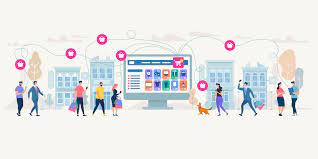 A Facebook chatbot can be like a personal assistant to online shoppers because it can:
A Facebook chatbot can be like a personal assistant to online shoppers because it can:
- Recommend products in real time
- Ask their content and product preferences
- Send marketing offers and blog content when a visitor leaves
- Help to navigate an online store by showing a simple menu
In the process of helping customers find products, Messenger chatbot also collects and stores customer data you can use for content personalization.
This data includes:
- Store browsing history
- Content preferences
- Location
- Device used to browse the store
- Demographics
- Purchase history
- Interests
- Visiting history (new/returning visitor)
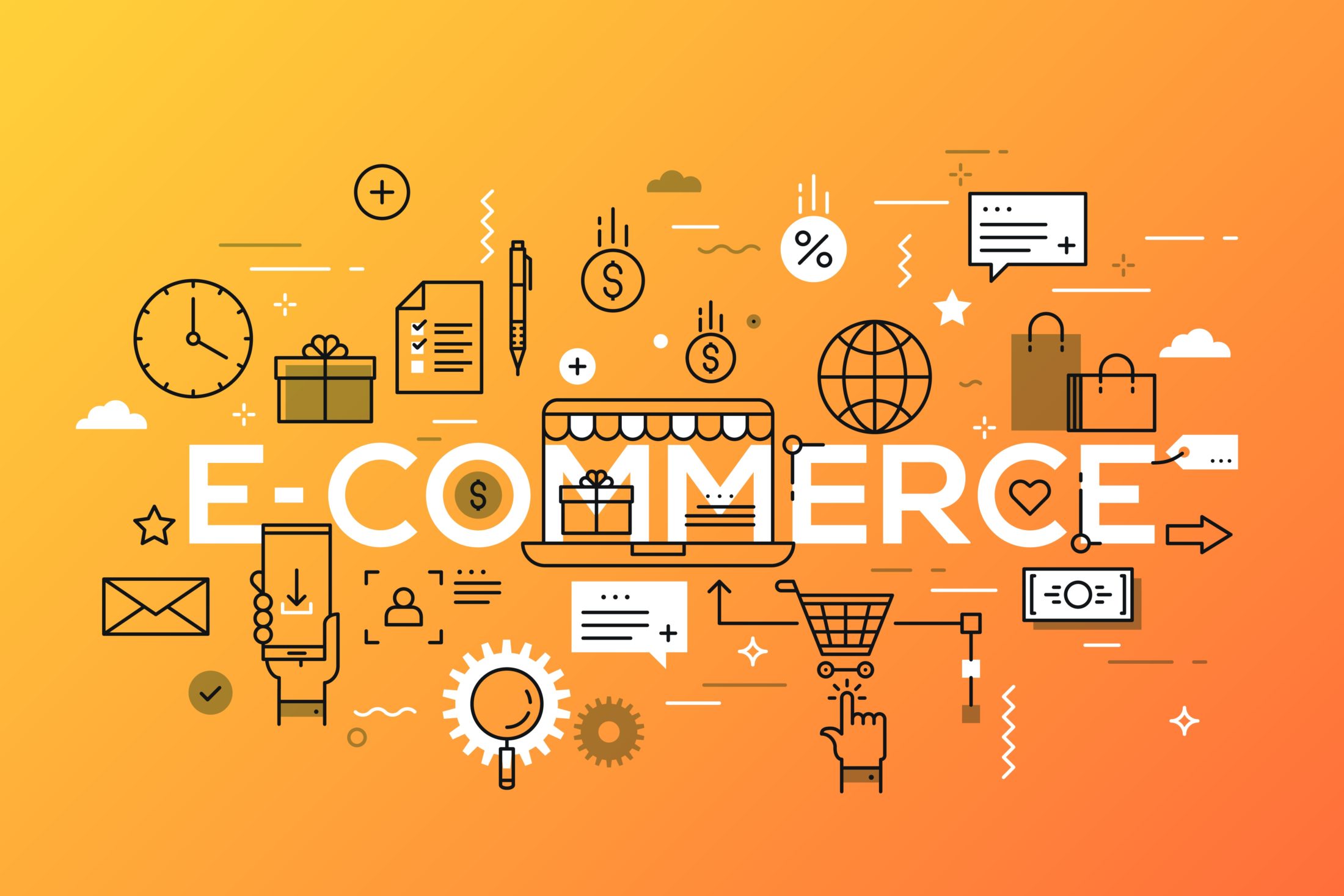 All these data points can help find ways to make the browsing experience more relevant and personalized.
All these data points can help find ways to make the browsing experience more relevant and personalized.
For example, you can decide to give new visitors a discount to encourage first-time purchases (you can do so with a chatbot, too), or display related products based on the purchase history.
Adding a Messenger chatbot to an online store is easy and can be done within minutes.
All you have to do is install a chatbot, connect your business’s Facebook account, and customize chatbot messages to customers.
2. Recommend Related Products
One major reason why people browse online shops is product research. They like to browse many product pages to find products that fit their demands and budget, so they prefer shops that allow easy browsing.
Sections with recommended, related, or similar products make product research easier. It makes the visitor feels like they’ve entered their own private space where everything is related to their interests.
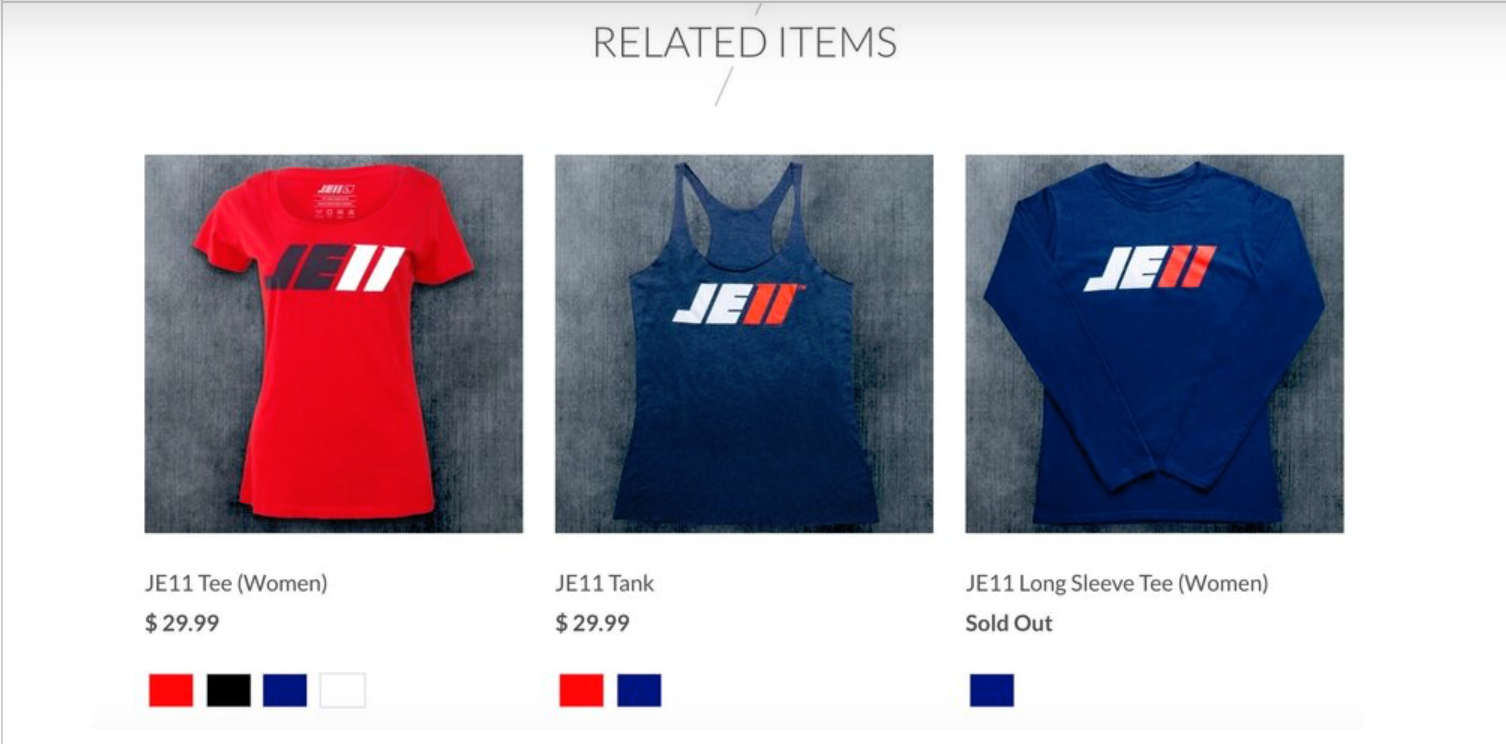 This personalization technique has a massive impact on sales. Get this: Amazon’s own product recommendation engine generates 35 percent of the company’s net income of $10.07 billion . This achievement shows one thing: the personalization of product recommendations is a must.
This personalization technique has a massive impact on sales. Get this: Amazon’s own product recommendation engine generates 35 percent of the company’s net income of $10.07 billion . This achievement shows one thing: the personalization of product recommendations is a must.
You’ve seen “related products” sections for sure—many shops display them to encourage shopping and product research.
Adding this functionality to your store is simple, as most eCommerce platforms have some features enabling recommendations.
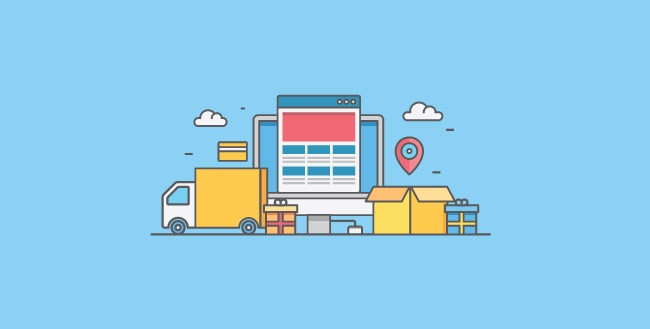 Shopify, for example, has these plugins:
Shopify, for example, has these plugins:
- Relatify—an app that shows related, hot, trending, and featured products
- Also Bought—displays related products in a separate section
- Upsell Recommendations—generates upsell and cross-sell recommendations automatically.
Add similar apps for your eCommerce platform to personalize the experience of your visitors. They will go a long way to encourage product research on your store and get you more orders.
3. Use Retargeting Campaigns
Retargeting marketing campaigns promote products to customers after they leave online stores. You can use emails, push notifications, and chatbots to reconnect with customers and encourage them to visit your store again.
Personalization is a must to make that happen. The mere fact that someone has agreed to receive email newsletters or browser push notifications, or subscribed to a Messenger bot means they expect relevant recommendations from you.
Here’s how to make personalized retargeting campaigns:
• Chatbot messages—you can send automatic messages about sales, promotions, abandoned cart notifications, coupons, and blog article updates.
Ealy Construction builds a lead base with this Messenger chatbot on the homepage. If a visitor chooses to continue with their Facebook account, the brand receives access to their profile data, which it could use for marketing.
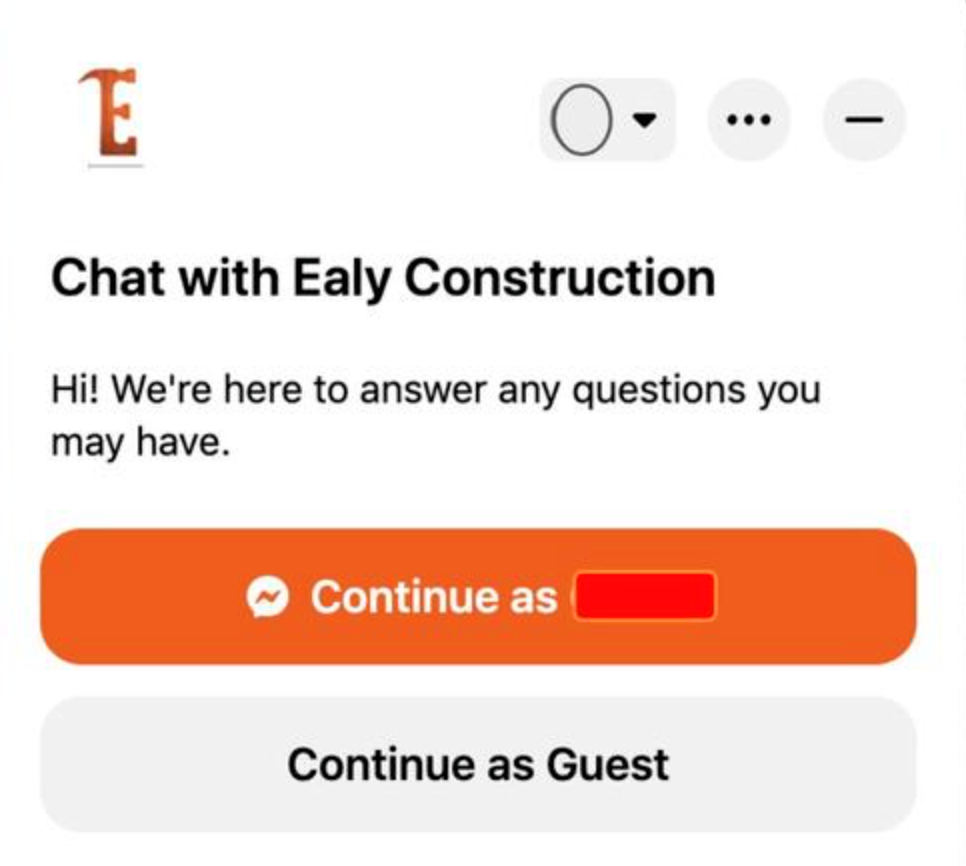
- Email campaigns—retargeting emails contain sales announcements, product recommendations, gift ideas, sales announcements, and related products.
Crown & Caliber, a brand that sells watches, sends emails like this to subscribers who checked out the Rolex products on their online store.
• Push notifications—There are at least several push notification types to re-engage customers: sales notifications, price drop alerts, coupon alerts, back-in-stock notifications, and abandoned cart notifications.
Pura Vida, a Shopify online store, sends these push notifications to announce new arrivals in a product category that a customer bought an item from.

Success of retargeting campaigns depends on several factors:
- Relevance—make every message or content piece relevant for customers. For example, a product newsletter shouldn’t have company news (unless customers agree to that).
- Clarity of writing—chatbots, emails, and push notifications require concise and clear writing to attract customers; use best writing services online to check marketing texts.
- Time—emails and push notifications work better during the times when your customers are using their devices; try A/B testing your campaigns to find out peak engagement times.
If your shop keeps the promise and shares marketing messages based on customers’ interests, they’ll be likely to stay subscribed and loyal.
4. Improve Store Navigation
Online store navigation can be an essential factor for increasing sales.
If we take a look at consumer research on why people leave eCommerce websites without buying, we find that many top reasons relate to navigation.

Store navigation improvement can help address these problems and make your online store more engaging. You can consider these techniques to make that happen.
Technique #1: Interactive search feature.
An online store with a search bar is a customer-friendly one. And when it’s an intuitive search bar, then shopping in such a store would be a breeze.
Take a look at the search feature at 5.11 Tactical.
It’s an online store selling apparel and gear for recreational enthusiasts and first respondents. When you start typing a name of a product in the search feature bar, the store switches to “search engine” mode and begins displaying results as you type. How cool is that?
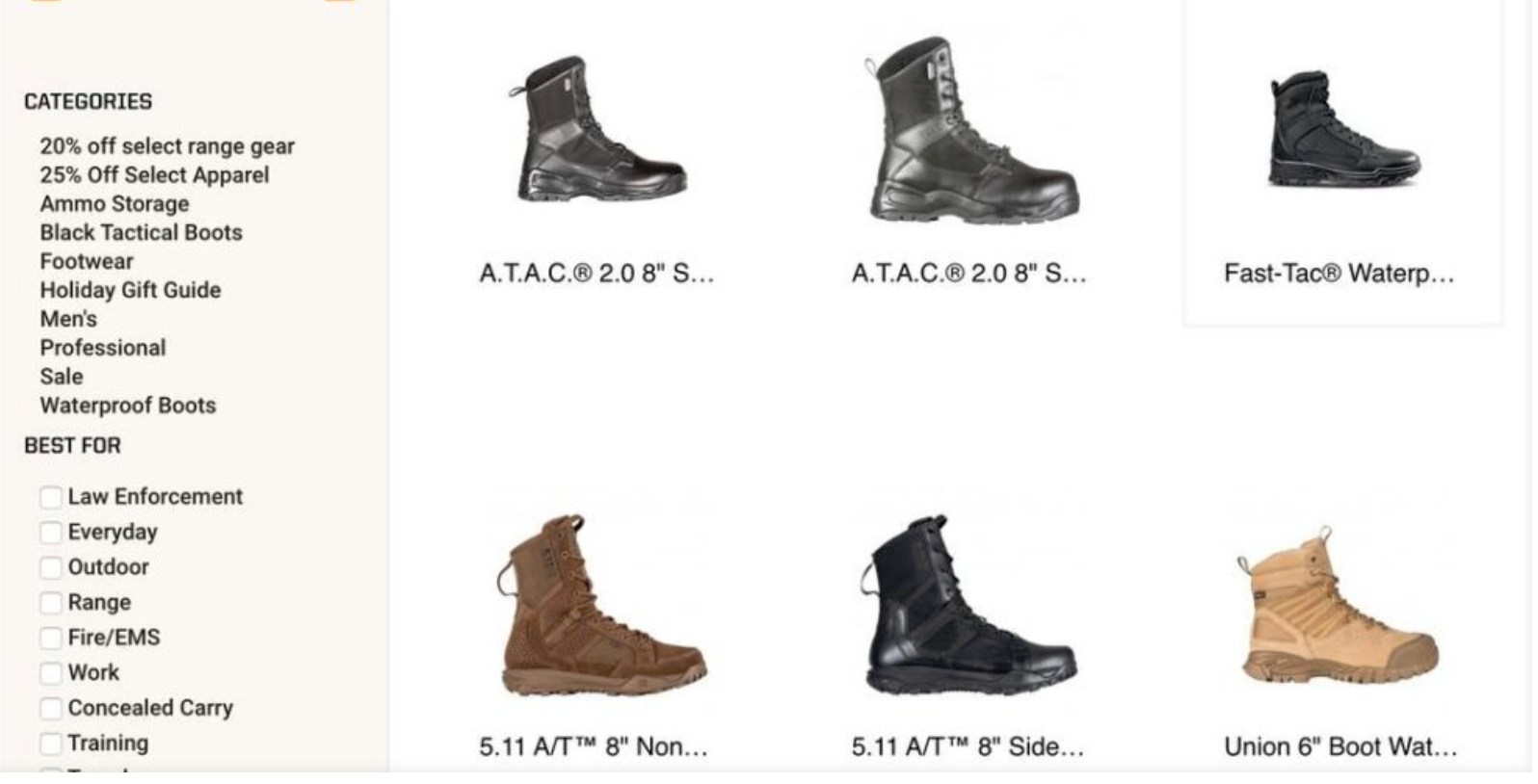
Okay, next —
Technique #2: helpful store menu.
A menu is an essential thing to do. To make it as useful for online shoppers as possible, consider the following best practice.
Bloomscape, an online store selling indoor plants, has a menu where each main category is broken down into three subcategories:
Example —
Product category name: Plants
● Subcategory I: catalog filtered by plant types (indoor, outdoor, indoor+outdoor)
● Subcategory II: catalogs by popular features (newly arrived products, customer favorites, pet-friendly, low-light plants)
● Subcategory III: blog articles about plants, plant care, and interesting plant-related stories.
Here’s how this section looks like on Bloomscape’s website.

Having all of these catalogs and blog articles together minimizes the chance that the visitor doesn’t find what they’re looking for.
This is the point of both navigation techniques — make store navigation super easy, so finding a product, category, blog article, or any type of useful content is a piece of cake.
Also read:
- Top 7 Habits You must Practice if you want to Be Highly Effective
- How to Stay Healthy and Active Throughout the Day
- Why Product Management Consulting is Key to Product Development Success
Personalized Content for eCommerce Stores: Summary
Personalization has proven its effectiveness to increase sales, customer retention, and brand loyalty. Making the experience of every customer personalized just makes sense because it shows that a business is trying to make that experience positive and engaging.
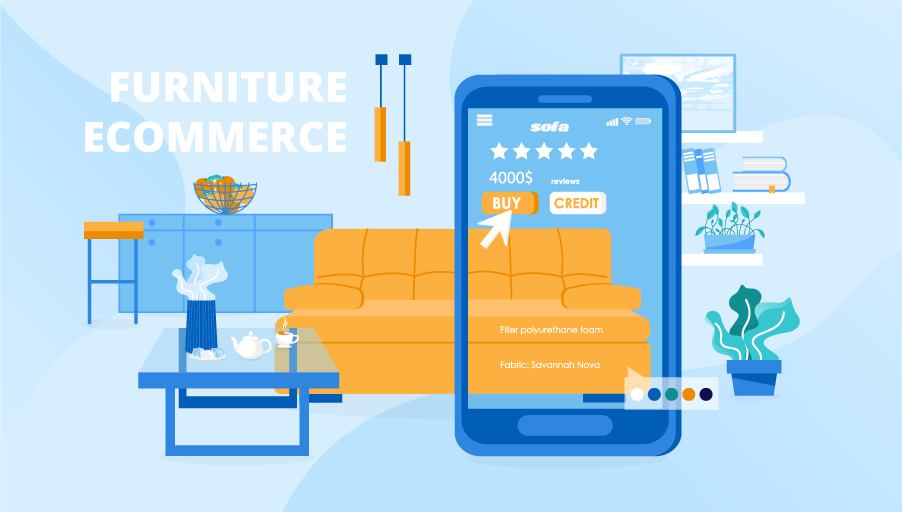 If an online store’s personalization effort meets these points...
If an online store’s personalization effort meets these points...
● Gives product recommendations based on customers’ interests
● Conducts retargeting campaigns tailored for every customer
● Provides an engaging shopping experience
... then you’re moving in the right direction. Try building your eCommerce personalization strategy around these points and improve as you go.
Thank you!
Subscribe to our newsletter! Join us on social networks!
See you!

